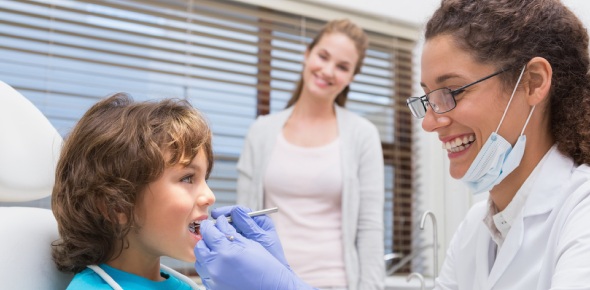MCQs 101 Pediatric Dentistry II Dr. Sok Kunthy 2019
- ADA
- AAPD
2.
You may optionally provide this to label your report, leaderboard, or certificate.
×
Thank you for your feedback!
















